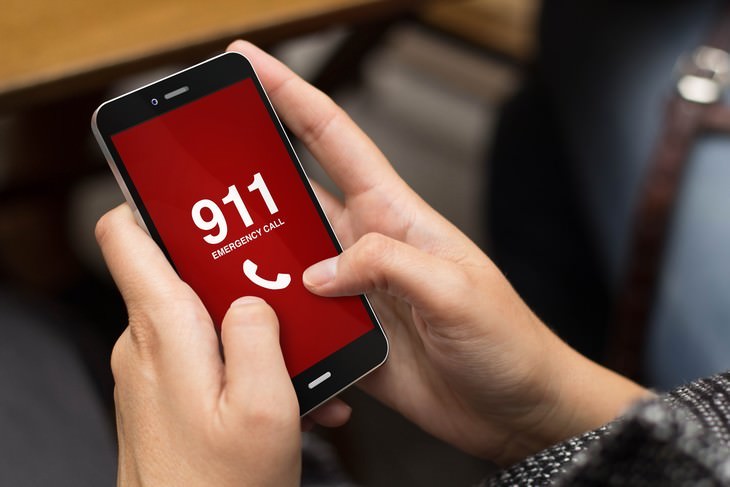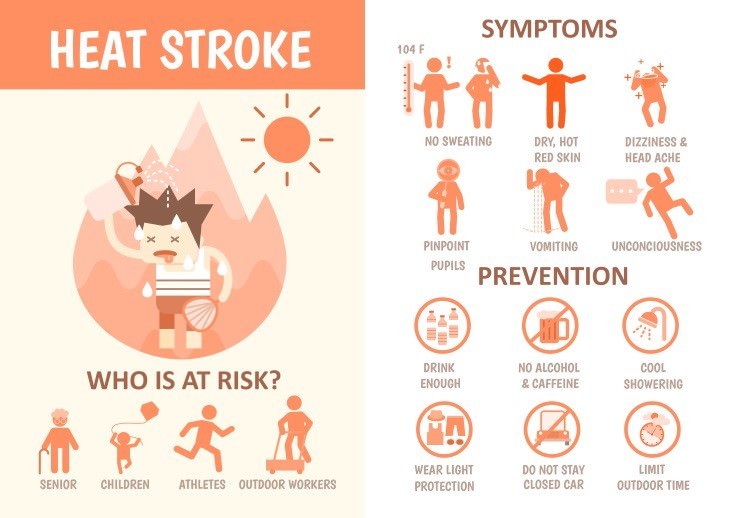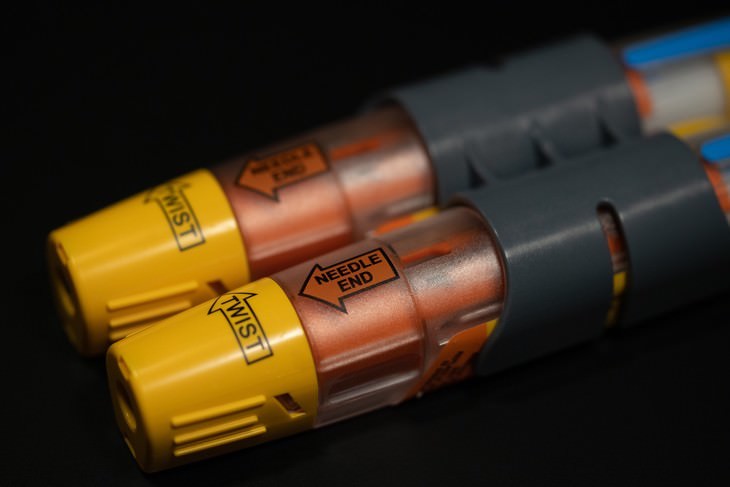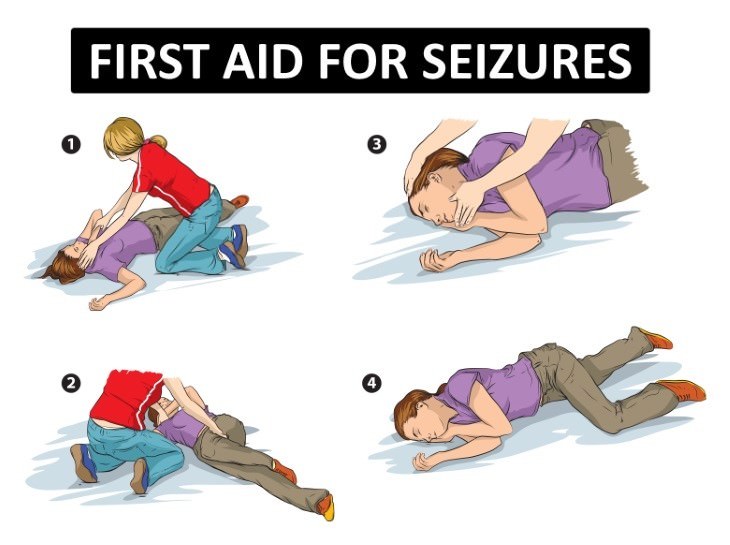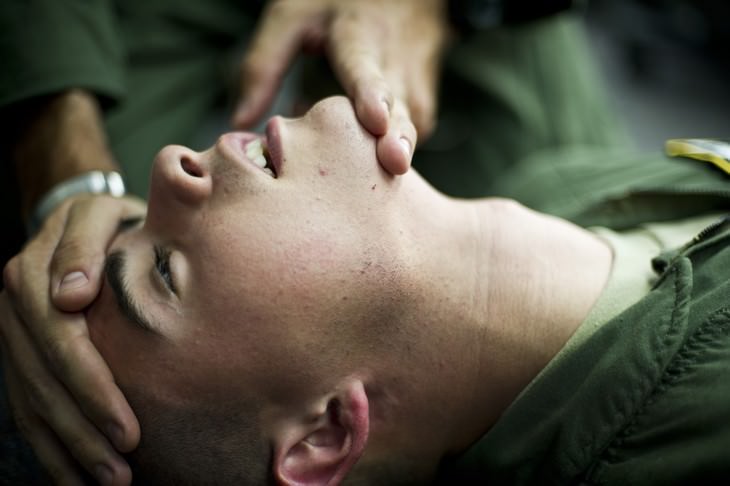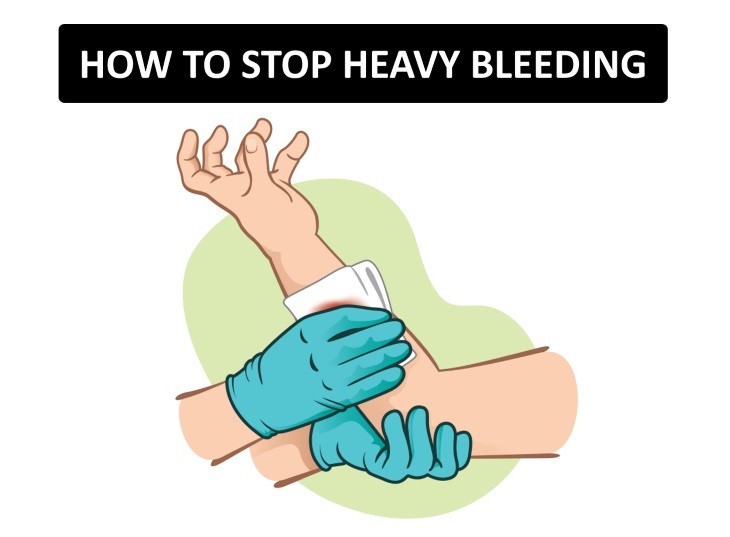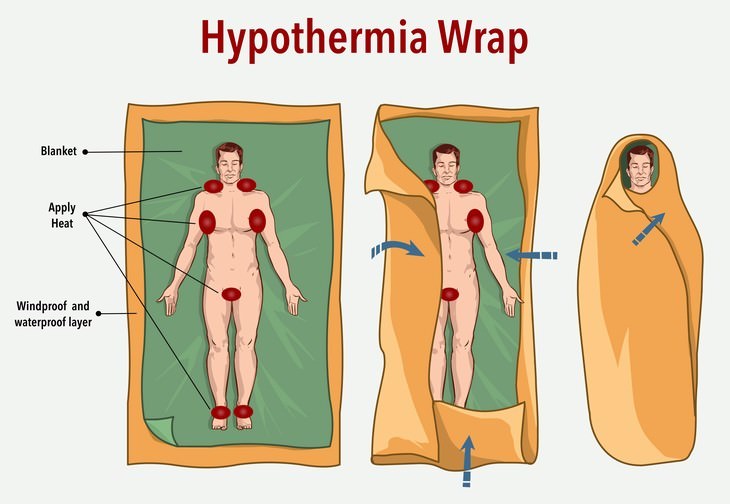1. In any Medical Emergency (Especially Suspected Stroke), Call Emergency Medical Services (EMS) Immediately
If you find someone in a state of medical emergency, the first thing you should do is call the emergency medical services. EMS professionals are trained to give step by step instructions to bystanders and they will send an ambulance to the location, if necessary.
An immediate call is absolutely necessary, as complications can be prevented and lives can be saved with timely treatment. For example, if you suspect a patient may be suffering from a stroke, it’s crucial for them to get medical attention within 3 hours, or else complications and even death can be unavoidable. Here is how to identify a stroke.
2. How to Act if You Suspect a Heat Stroke
With the onset of summer, people usually spend significantly more time outdoors, underestimating the irreversible damage the scorching sun can cause. One of the worst, and yet common emergencies brought about by the sun is a heat stroke, or the inability of our body to stop the rapid rise of its internal temperature.
A patient suspected of having heat stroke should be immediately moved out of the sun and cooled down by any means possible, e.g.:
1. Transferring them into a cool shower or a tub filled with cool water.
2. Putting ice packs or cold towels on their neck, groin, and armpits.
If a person is conscious, let them drink cool (but not icy cold) water. If, however, they faint and they have no pulse, they don’t seem to breathe or move, CPR needs to be performed. A heat stroke is a medical emergency and it can cause organ failure, brain damage, and death, so don’t take it lightly.
3. Know How to Perform CPR Properly
If a person is unconscious and unresponsive, they have no pulse and don’t seem to breathe, performing cardiopulmonary resuscitation (CPR) as soon as possible is necessary to stimulate blood circulation, as they are likely in a state of cardiac arrest. Otherwise, they are at risk of suffering brain damage in as soon as 4 minutes, or even death.
If you’re the only bystander, you should focus on constant chest compressions until the emergency unit’s arrival, as some air will pass through the lungs automatically and won’t allow the lungs to collapse. If, however, other people can help, too, they can perform rescue breathing as well. For a detailed guide to CPR, follow this link.
4. If Someone is Choking, Know How to Perform the Heimlich maneuver
Illustrated in the image above is the Heimlich maneuver, a movement aimed to push out the object obstructing the airway. Start by wrapping your arms around the patient from behind and then doing a few rapid thrusts towards their belly button (and not their ribs, contrary to popular belief) until they spit out the object.
5. Know When to Use an EpiPen for a Person with Extreme Allergies
Extreme allergic reactions and asthma can bring about a life-threatening condition called anaphylaxis, where the swelling of the tissue obstructs breathing and can cause death. For this purpose, most people with extreme allergies carry with them a device called an EpiPen, which is a shot of epinephrine.
A person experiencing anaphylaxis will usually have hives on their face and body, a swollen tongue or throat, and may even lose consciousness (anaphylactic shock). If the latter happens, you have to administer epinephrine immediately, but in other cases, it’s best to call EMS first, as an epinephrine shot may be dangerous to patients with other coexisting conditions.
Read the instructions on how to use the EpiPen before administering it, as the procedure can differ depending on the manufacturer.
6. Actions You Can Take if Someone has Seizures
Unfortunately, there’s nothing you can do to stop a person from having a seizure, but you have to ensure the patient’s safety during the seizure and prevent them from choking on their saliva or vomit. To do so, clear out the space around the patient having a seizure and make sure there are no sharp objects around, nothing can fall on them or cause any other injuries.
To ensure the patient is breathing, place them on their side like shown in the picture above. You can also put an item of clothing or a towel under their head to prevent injuries. Most seizures will stop on their own and don’t require medical attention, but if it’s the person’s first seizure or several seizures occur, contacting an EMS service is necessary.
7. Know How to Use an Automated External Defibrillator (AED)
These portable devices commonly found in public areas near water fountains or restroom areas are a simplified version of the defibrillators used in hospitals. As an addition to CPR, an AED can be used to bring the heart back to a normal rhythm.
AEDs are equipped with voice instructions, but it might be useful for you to also watch this video illustrating the use of an AED in conjunction with CPR.
8. The Use of the Head Tilt-Chin Lift Maneuver
This technique is useful for any scenario in which the patient isn’t breathing properly, be it anaphylaxis or an accompanying technique to CPR. By lifting the patient’s chin up and tilting their head back like illustrated in the photo above, you’re allowing the air to pass through their throat more easily and are preventing the tongue and soft tissues from obstructing the airways.
9. How to Prevent Blood Loss
Having a first aid kit in your car or bag while traveling is essential not only for scratches, burns and preventing infections, but chiefly to make sure you can stop, dress and clean up a bleeding wound, the most dangerous scenario of the ones listed.
While you wait for the paramedics to arrive, you have to press on the wound constantly to prevent as much blood loss as possible, or else the patient can enter a life-threatening state of hypovolemic shock (this is when there’s so little blood in the body the heart can’t pump blood).
10. What to Do if You Suspect Hypothermia
When your body has the temperature below 95°F (35°C) and cannot replenish the lacking body heat, this may lead to a life-threatening condition called hypothermia. Exposure to cold weather, cold water, and extremely low indoor temperatures can all cause hypothermia, especially if you’re dehydrated or exhausted.
Symptoms of hypothermia include:
- A weak pulse
- Shallow breathing
- Slurred speech
- Drowsiness and confusion
- Lack of coordination
- Memory loss
- Loss of consciousness.
A person experiencing hypothermia needs urgent medical attention, but before the medics arrive, you should protect the patient from the cold and wind by covering them with coats and blankets, not letting them touch the cold ground, and, ideally, bringing them indoors.
If their clothes are wet, you have to replace them with dry ones. Apply warm compresses (such as hot packs, electric blanket or hot water bottles wrapped in cloth) on their neck, armpits, and groin. Warm nonalcoholic drinks way also be beneficial. Finally, if the person is unconscious and unresponsive, do CPR.
DON'T give the person a hot bath, put them near a heat source or try to warm their limbs, as this can strain the heart and lungs. Also make sure they don't have alcohol or smoke, as both can hinder rewarming.
Related Articles:
8 Mistakes You're Making with First Aid
Safe Home Interiors for Seniors
Treating the 10 Most Common Home Accidents

